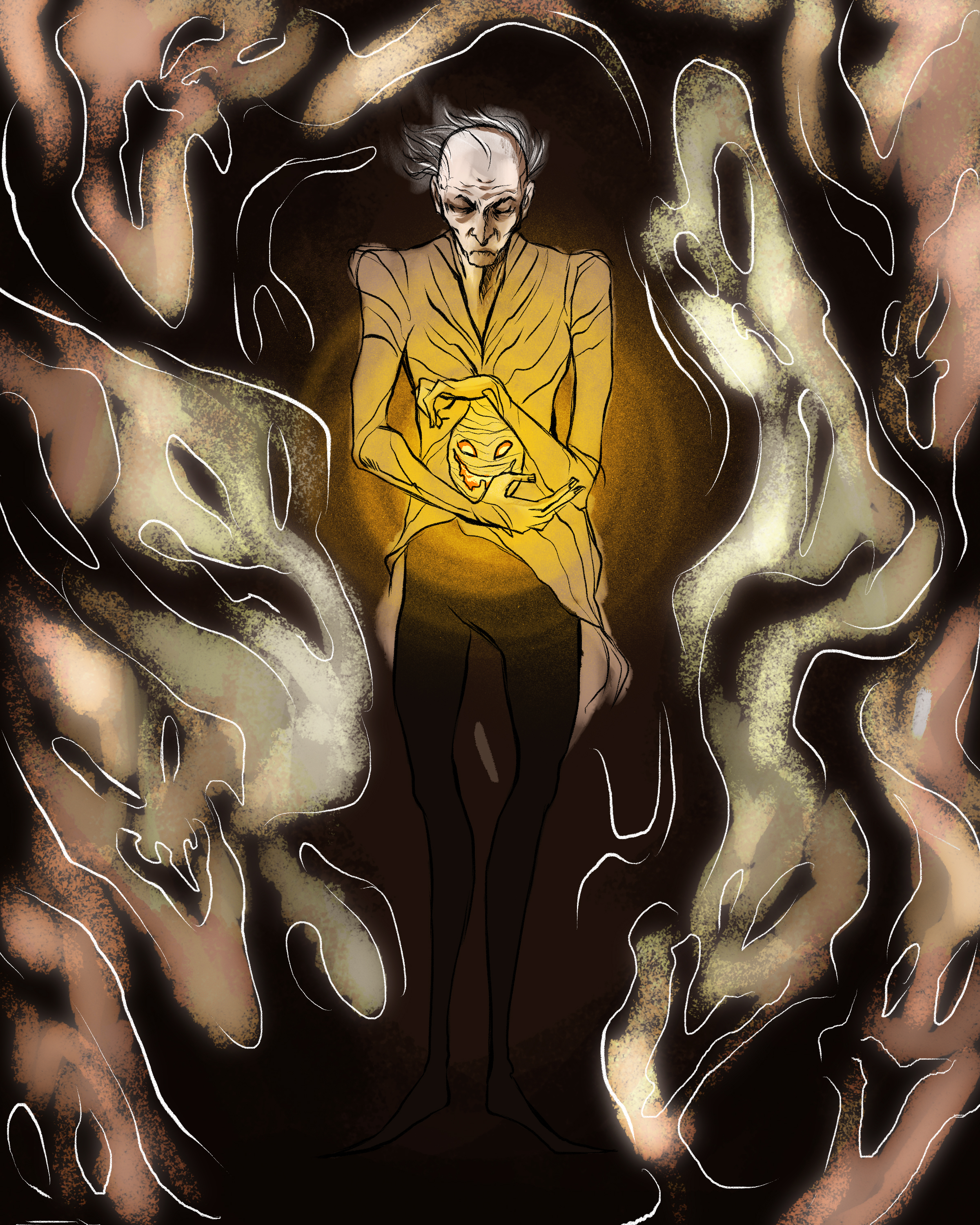Halloween is closing in on us, and with that comes the flood of plastic skeletons, light-up tombstones, cackling witches, and, of course, piles upon piles of pumpkins. I think for most of us, it’s hard to imagine Halloween without these iconic carved gourds, but the true history of this symbol started with a turnip and a nasty trick. For Origins Week, I present the origin of the jack-o’-lantern.
A wicked man named Jack played a trick on the devil — he trapped him in a tree, only letting him down once the devil agreed to never take Jack’s soul into hell. Pleased with his ill-begotten bargain, Jack continues on his way. However, when he dies, God denies Jack entry into heaven due to his evil deeds, and the devil (who never forgets) refuses to admit his soul into hell, as per their agreement. Doomed to walk the earth forever in darkness, Jack falls to his knees and begs for even the smallest light to guide him. The devil throws him an ember from the hellfire. Jack hollows out a turnip, carves a face so the light might shine through, and drops the ember inside the hollow shell. He carries this as a lantern as he walks his eternal path of misery. Many claim to have seen him, wandering and wailing; so many that he became known as Jack of the Lantern, and turnips and other vessels were hollowed and placed with a light in a windowsill to keep him and other dark spirits away.
The story of the jack-o’-lantern was brought to America through colonization and has roots as an Irish/English/Nordic folk stories (depending on who you ask). As it turns out, American pumpkins were much easier to hollow out than turnips, so the modern jack-o’-lantern was born — a friendly face keeping us safe from the things that go bump in the night.





